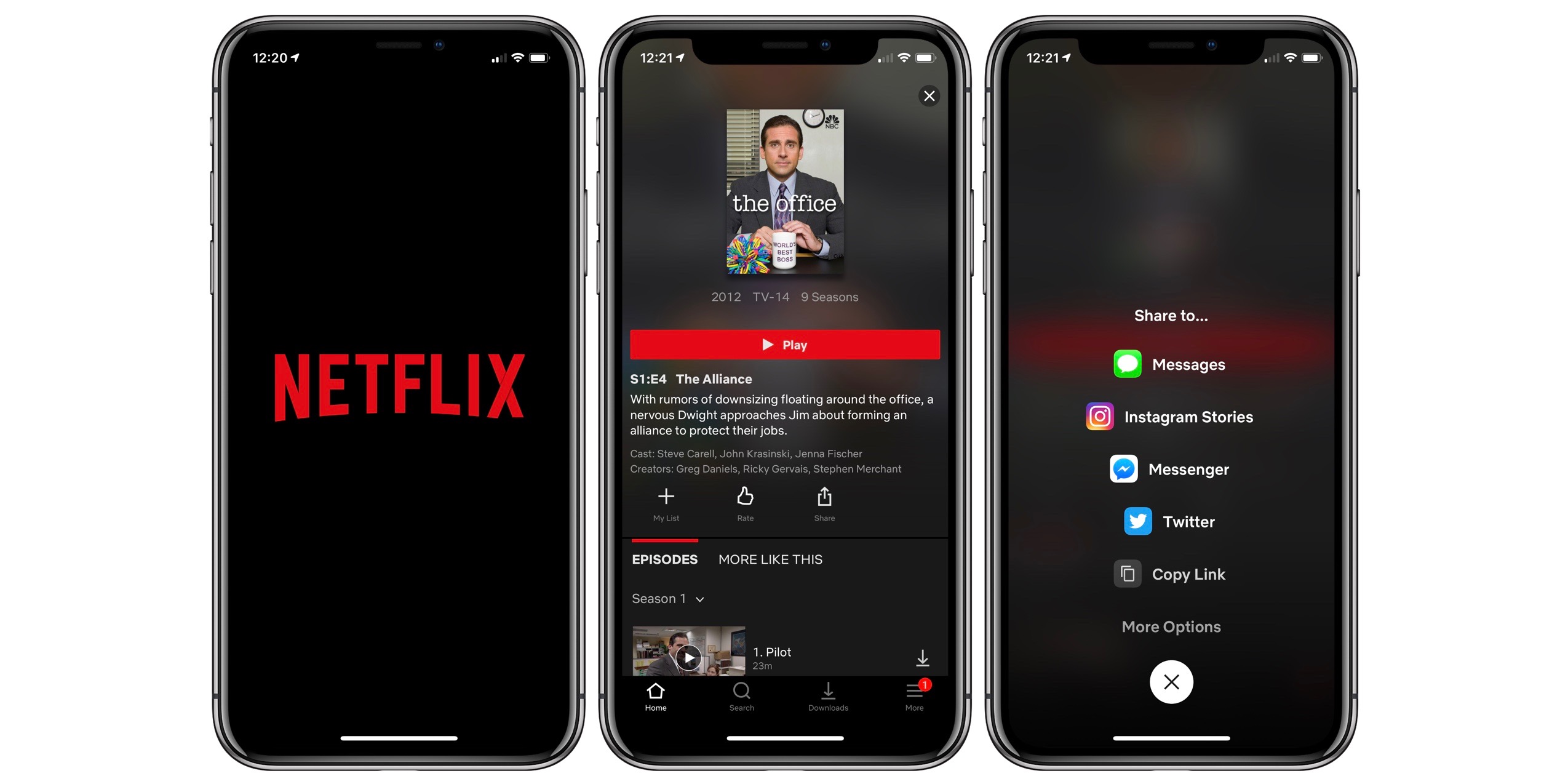
Developers may want to prevent that if they already make a Mac-specific app or don’t want to be on the hook for supporting customers using their iOS app on Mac. However, Apple allows developers to set a switch that prevents an iOS app from installing on Macs.

In theory, any iPhone or iPad app should run on an M1-based Mac. That might be especially true of games, one-trick-pony apps (like the Mandelpad app shown below), and smart home device apps. But a few probably exist only on the iPhone or iPad, or their Web apps are limited. Some undoubtedly have Mac versions, and others may offer Web apps that you can run in Safari on your Mac.

If you’re in the latter camp, think about the apps you regularly use on your iPhone and iPad. Why Run iOS Apps?ĭepending on how you use your iPhone and iPad, you’re thinking either, “Hey, this is great, because I want to run my favorite apps on my new Mac!” or “What could I possibly gain from putting a little iOS app on my Mac?”

It makes sense, given that the M1 chip grew out of the work Apple did for the A-series processors in the iPhone and iPad, and the latest iPad Pro models also rely on the M1. Much has been written about the performance benefits of Apple’s M1 family of chips, but you may not have realized that M1-based Macs can also run many iPhone and iPad apps.


 0 kommentar(er)
0 kommentar(er)
